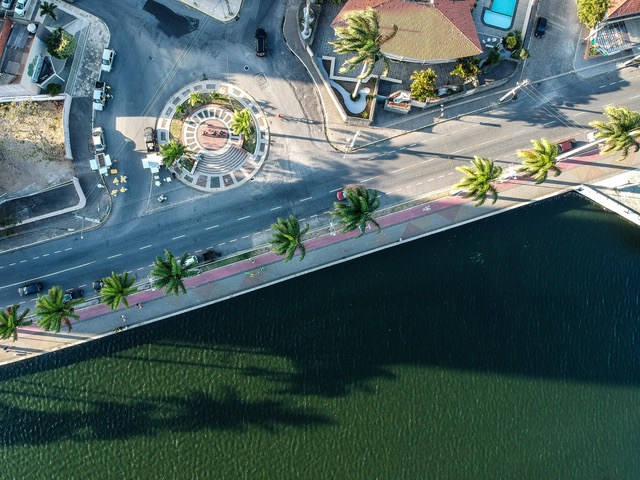In the quest to create better, more sustainable products and solutions, humans have turned to one of the most best sources of inspiration: nature itself. Nature-inspired design, also known as biomimicry or biomimetics, involves drawing ideas and insights from the natural world to inform the design of products, services, and systems that not only benefit humans but also have a positive impact on the environment.
Observing Nature's Engineering Genius
Nature has been refining its designs for billions of years through a process of trial and error. From the intricate network of leaves on a tree to the streamlined shape of a dolphin, each organism in the natural world was created to optimize its survival and success in its environment. By carefully observing these ingenious solutions, we can learn valuable lessons that can be applied to various fields such as transportation, energy production, architecture, and agriculture.
Biomimicry: The Bridge Between Biology and Design
Biomimicry serves as the guiding principle behind nature-inspired design. It represents the fusion of biological knowledge and design principles, unlocking a treasure trove of innovative ideas. By studying the way nature solves problems, engineers and designers can develop groundbreaking solutions that align with the harmony of the natural world.
Beyond Sustainable Products
Nature-inspired design is not solely about creating eco-friendly products. It goes much deeper, embracing the ethos of sustainability and seeking to create products and systems that are conducive to life and longevity. The goal is to not only minimize harm to the environment but to actively contribute to its regeneration and well-being.
Finding Solutions Across Industries
Nature-inspired design is a versatile approach applicable across industries. Take, for example, the inspiration for flight from the study of birds, leading to the development of airplanes. Similarly, architects have employed biomimicry to design energy-efficient buildings and structures that blend seamlessly with the surrounding environment.
Challenges and Limitations
While nature offers a wealth of innovative solutions, implementing them can sometimes be challenging. Some ideas may not be practical to develop and distribute due to financial constraints or limited resources. Additionally, incomplete knowledge or understanding of certain natural elements might hinder the successful implementation of certain designs.
The Role of Biomimicry in Education
Embracing biomimicry in education can be transformative. Encouraging students to become makers and designers, and exposing them to the wonders of nature's designs, fosters creativity and critical thinking. By engaging with the natural world, students can be inspired to tackle real-world problems in innovative ways.
Nature's Call for Innovative Design
As our society faces increasingly complex challenges, nature reminds us that the solutions might already exist all around us. By humbly observing and learning from the natural world, we can unlock a vast repository of knowledge and inspiration that may hold the keys to a sustainable and harmonious future.
Nature-inspired design and biomimicry offer a profound opportunity to bridge the gap between human ingenuity and the wisdom of the natural world. As we embrace this approach in various industries and education, we move closer to creating a more sustainable and regenerative world for future generations. Let us heed nature's call and embark on a journey of innovation and coexistence with the living systems that surround us.
- Victoria White
